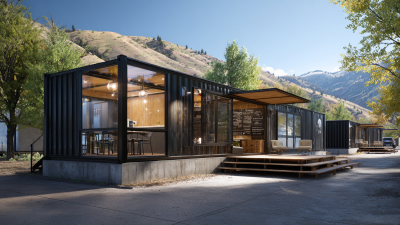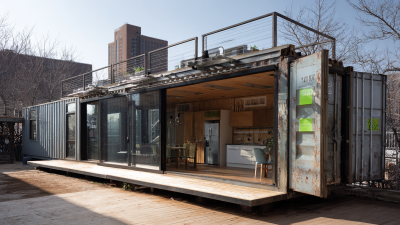Transforming Tiny Spaces: How Containers Revolutionize Modern Living
In the rapidly evolving landscape of modern living, the innovative use of containers for living space is reshaping our understanding of home and functionality. As urban populations surge and space becomes increasingly limited, the concept of transforming tiny spaces using repurposed shipping containers presents a compelling solution to contemporary housing challenges. These versatile structures not only offer a sustainable alternative to traditional building methods but also allow for creative design possibilities that can cater to diverse lifestyles. From compact studios to multi-unit residential complexes, containers are proving to be a practical choice for maximizing space without compromising on style or comfort. This transformation is not just a trend; it embodies a significant shift towards minimalism and efficiency, making containers for living space a pivotal element in the future of urban housing.
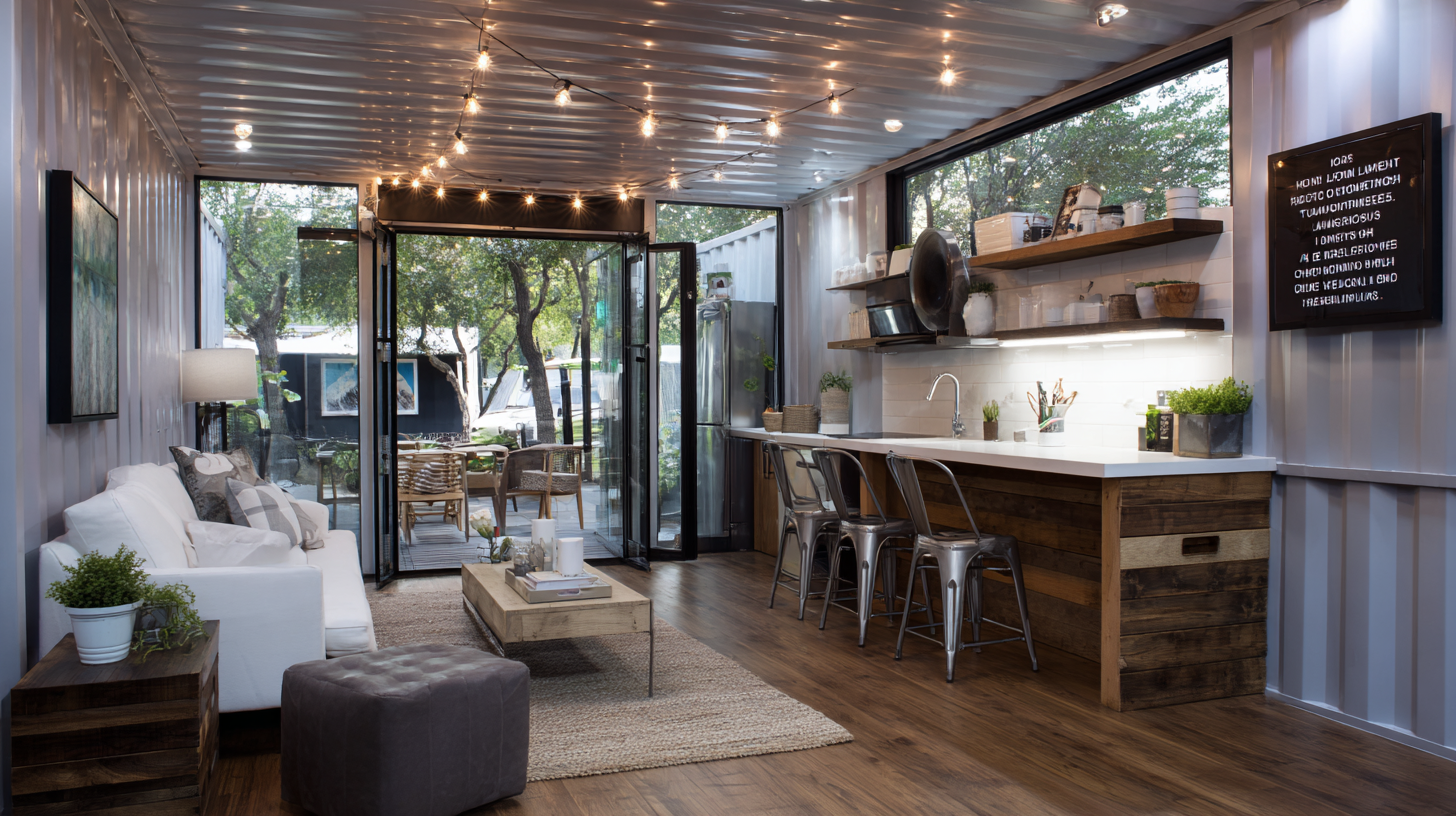
The Rise of Container Homes: A New Trend in Urban Living
The rise of container homes is transforming urban living by offering innovative solutions to the housing crisis. With escalating housing costs and low incomes as central issues driving homelessness, shipping container homes present a sustainable and affordable alternative. These modular units can be quickly assembled and customized, making them an attractive option for both city dwellers and developers. In cities like Chicago, the integration of container homes into the urban landscape not only addresses housing shortages but also promotes eco-friendly living and opens avenues for creative retail spaces.
**Tips for Maximizing Your Container Home**:
1. **Utilize Vertical Space**: Transform your container into a multifunctional space by adding shelves and wall-mounted storage solutions, which can help keep the floor area open and organized.
2. **Incorporate Natural Light**: Large windows and skylights can enhance the living experience in container homes, making spaces feel larger and more inviting, while reducing the need for artificial lighting.
3. **Embrace Minimalism**: Focus on quality over quantity by selecting multifunctional furniture that can adapt to your needs, allowing you to live comfortably in a smaller footprint.
As the global container homes market continues to grow, projected to reach USD 95.74 billion by 2033, this trend signals a fundamental shift towards more affordable and sustainable urban living options. The movement is not just about housing; it's about rethinking how we live and interact with our environment.
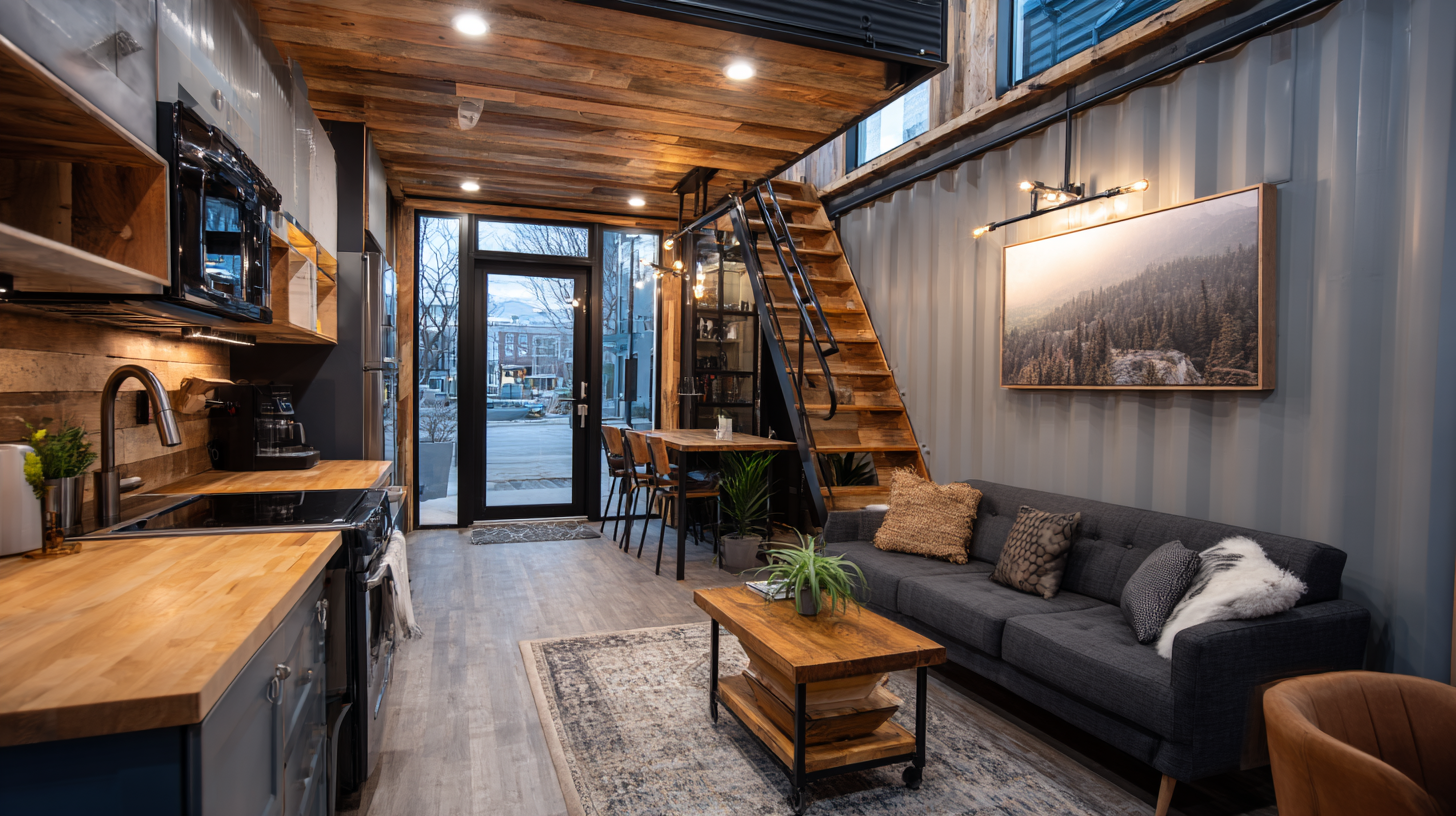
Maximizing Space: Innovative Design Solutions for Container Interiors
In the quest for maximizing space in tiny living environments, innovative design solutions play a crucial role. One striking example is the conversion of shipping containers into functional homes, showcasing how minimalistic living can marry style with efficiency.
Designers are emphasizing the use of multifunctional furniture and clever storage solutions that not only save space but also enhance the aesthetic appeal of interiors. Utilizing clear bins and vertical storage options can transform an ordinary small closet into an organized haven, making it both practical and visually pleasing.
Professional organizers and interior designers advocate for creative strategies that prioritize organization without compromising on design. For instance, integrating storage solutions such as decorative shelving, under-bed storage, and built-in units can significantly optimize the area while adding character to a space.
The fusion of smart design and efficient storage techniques highlights a new trend in interior design, where every inch matters and functionality meets creativity. As living spaces shrink, the call for revolutionary container-style homes and innovative interior designs becomes increasingly relevant, proving that small spaces can indeed be stylish and practical.
Sustainability and Efficiency: The Environmental Benefits of Container Living
Container living is rapidly gaining traction as a sustainable and efficient housing solution, addressing the pressing need for eco-friendly practices in modern architecture. By repurposing shipping containers, which are often discarded after their initial use, this approach minimizes waste and reduces the demand for new construction materials. The life cycle of a container is extended, allowing for a reduced ecological footprint, which aligns with environmental goals of minimizing resource consumption and enhancing sustainability.
Moreover, container homes are inherently designed with energy efficiency in mind. Their modular nature allows for innovative designs that maximize space without compromising comfort or functionality. Many of these structures incorporate green technologies, such as solar panels, rainwater harvesting systems, and high-efficiency insulation, further reducing energy demands and promoting self-sufficiency. As more individuals seek to live in harmony with urban environments while minimizing their carbon footprints, container living presents a viable alternative that champions both sustainability and modern aesthetic appeal.
Environmental Benefits of Container Living
Community and Connectivity: How Container Living Fosters New Relationships
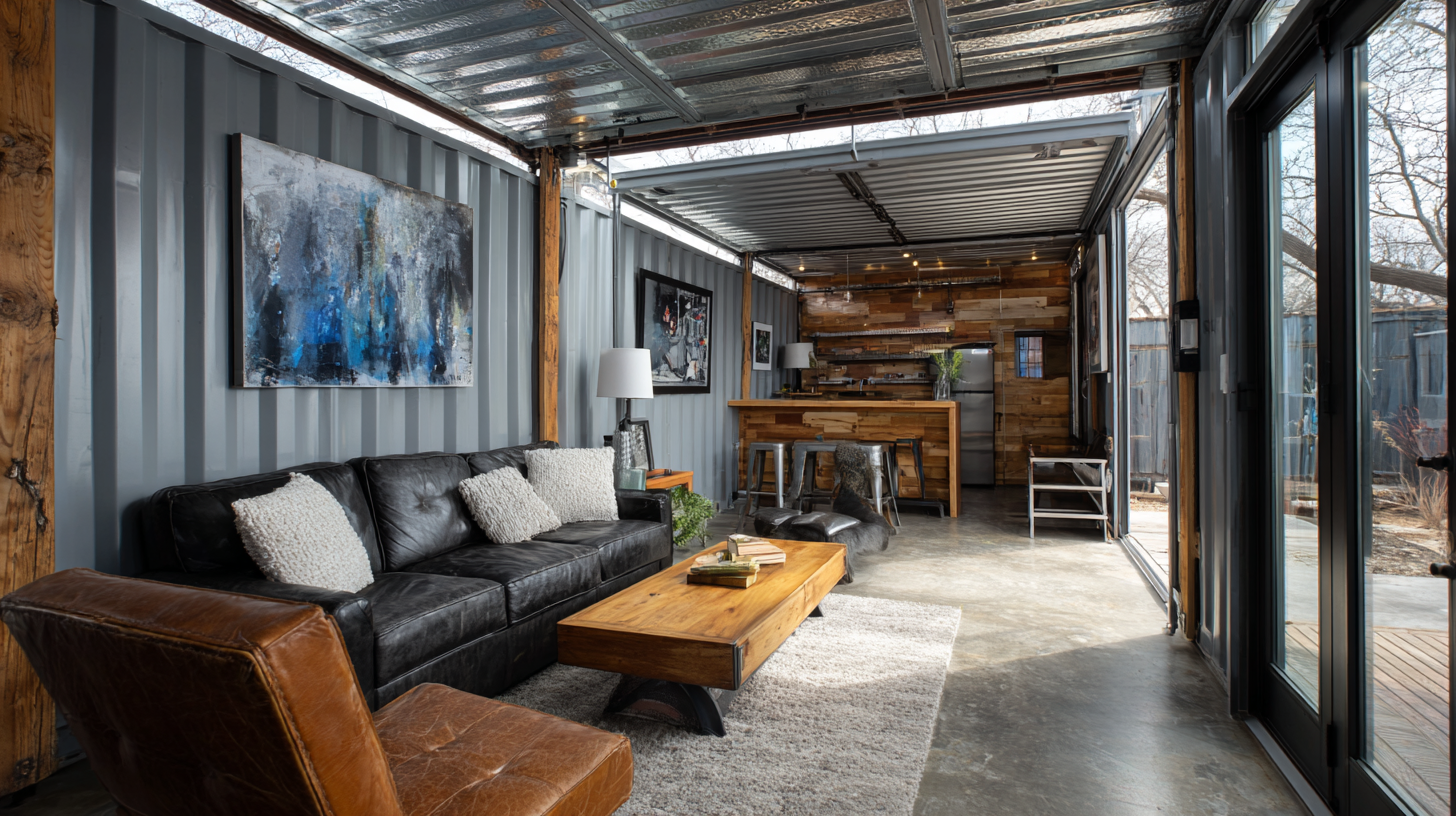 Container living not only maximizes space but also fosters a unique sense of community and connectivity among its residents. In urban environments where housing shortages are prevalent, container homes offer an innovative solution that encourages collaboration and social interaction. These modular structures can be arranged in various configurations, creating shared environments that promote communal activities. By designing spaces for gatherings, such as common gardens or recreation areas, container living transforms the traditional concept of neighborhood into an interactive community setting.
Container living not only maximizes space but also fosters a unique sense of community and connectivity among its residents. In urban environments where housing shortages are prevalent, container homes offer an innovative solution that encourages collaboration and social interaction. These modular structures can be arranged in various configurations, creating shared environments that promote communal activities. By designing spaces for gatherings, such as common gardens or recreation areas, container living transforms the traditional concept of neighborhood into an interactive community setting.
Moreover, the simplicity and affordability of container homes attract a diverse group of individuals, from young professionals to families seeking an economical lifestyle. This variety enhances interpersonal relationships as people from different backgrounds come together, share experiences, and build connections. The close-knit atmosphere encourages residents to participate in events and initiatives, further strengthening their bond and fostering a sense of belonging. As a result, container living transcends the physical attributes of tiny homes, cultivating a vibrant community spirit that enriches the lives of its inhabitants.
Future Prospects: The Evolution of Container Living in Modern Society
The evolution of container living has emerged as a prominent solution to urban housing challenges, driven by rising property prices and a growing demand for sustainable living options. According to a report by the International Organization for Migration, urban areas are expected to house approximately 68% of the global population by 2050, emphasizing the need for innovative housing solutions. Containers, with their modular and stackable design, offer flexibility in urban planning while minimizing land use, aligning with sustainable development goals.
Moreover, the environmental benefits of container living are significant. The World Economic Forum estimates that repurposing shipping containers can reduce construction waste by up to 90%. This not only curtails landfill expansion but also promotes recycling and resource efficiency. Furthermore, as remote work becomes more prevalent, container homes can be customized to accommodate workspaces, appealing to digital nomads and remote employees. The trend indicates a burgeoning market for container living, with industry analysts projecting a compound annual growth rate (CAGR) of 12.5% in the global modular construction market by 2027. This evolution reflects a shift towards more adaptable, eco-friendly living arrangements that cater to the demands of modern society.
Transforming Tiny Spaces: How Containers Revolutionize Modern Living
| Aspect | Description | Current Trends | Future Prospects |
|---|---|---|---|
| Cost Efficiency | Containers offer a lower-cost alternative to traditional housing. | Increase in container home developments in urban areas. | Potential adoption of containers as mainstream housing solutions. |
| Sustainability | Recycling unused shipping containers helps reduce waste. | Growing interest in eco-friendly living spaces. | Development of more sustainable designs and energy-efficient systems. |
| Flexibility | Containers can be modified for various uses, such as homes, offices, and shops. | Innovative designs focusing on multi-purpose spaces. | Enhanced modular designs for easier expansions and relocations. |
| Urbanization | Addresses housing shortages in densely populated areas. | Container communities emerging in urban re-development projects. | Increased acceptance and integration into city planning. |
| Innovation | Designers implementing smart technology and modern aesthetics. | Rise of smart container homes with integrated technology. | Future developments focusing on advanced smart home features. |



